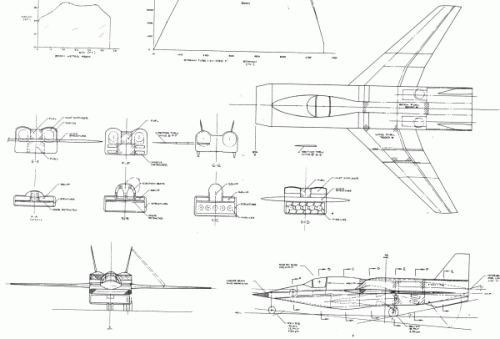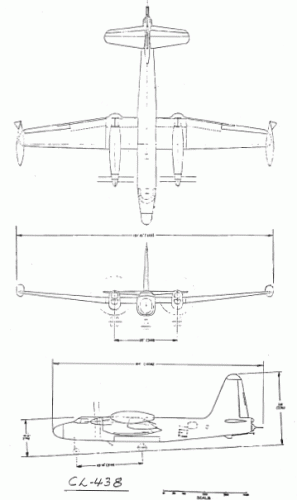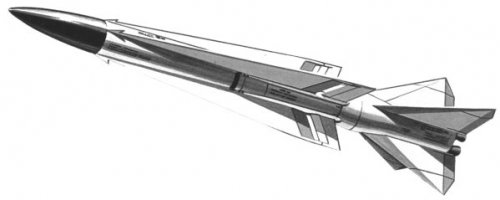- Joined
- 21 May 2006
- Messages
- 2,844
- Reaction score
- 1,953
Fleet Air Defence Aircraft (FAD)
Although this once banished to history project, has continued to resurrect itself from time to time, I thought I would flog this horse one more time. With the hope that I can get the information I so desperately sorted for many years.
The 1957 US Navy submitted a Request for Proposal (RfP) for a Fleet Air Defence (FAD) aircraft.
Although Douglas would be winner of the Request for Proposal with its F6D-1 Missileer, what of the other five aerospace / aviation companies submitted designs?
Does anyone know of these other designs?
Who they were they submitted by?
Do you have any artwork, drawings and specifications for these other five submissions??.
Does anyone have a 3-view drawing of the Douglas F6D-1 Missileer?
I have been looking for a 3-view drawing of the Douglas F6D-1 Missileer for years.
The only picture I have and have ever been able to find of the F6D-1 is a very boring one, that everyone uses (as per attachment)
Regards
Pioneer
Although this once banished to history project, has continued to resurrect itself from time to time, I thought I would flog this horse one more time. With the hope that I can get the information I so desperately sorted for many years.
The 1957 US Navy submitted a Request for Proposal (RfP) for a Fleet Air Defence (FAD) aircraft.
Although Douglas would be winner of the Request for Proposal with its F6D-1 Missileer, what of the other five aerospace / aviation companies submitted designs?
Does anyone know of these other designs?
Who they were they submitted by?
Do you have any artwork, drawings and specifications for these other five submissions??.
Does anyone have a 3-view drawing of the Douglas F6D-1 Missileer?
I have been looking for a 3-view drawing of the Douglas F6D-1 Missileer for years.
The only picture I have and have ever been able to find of the F6D-1 is a very boring one, that everyone uses (as per attachment)
Regards
Pioneer



















